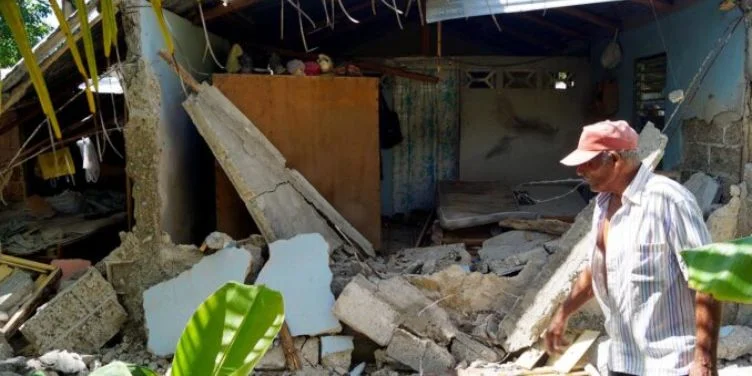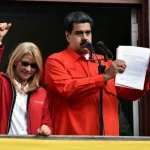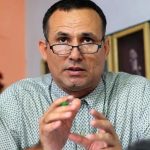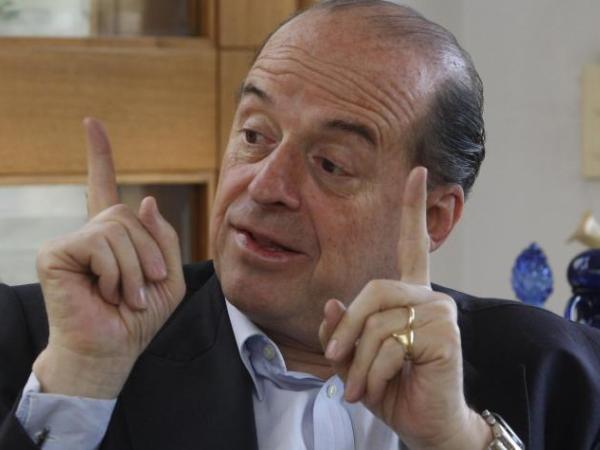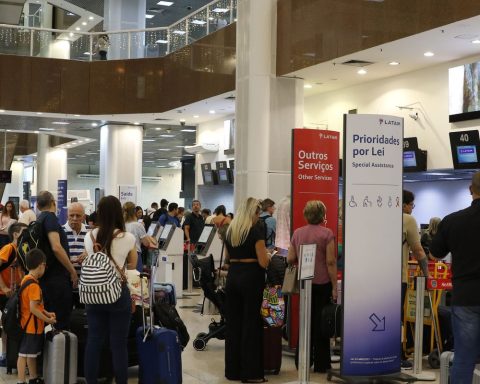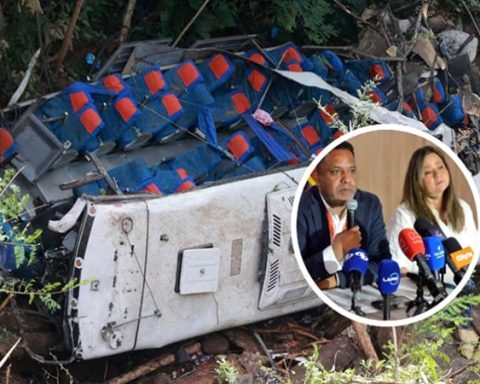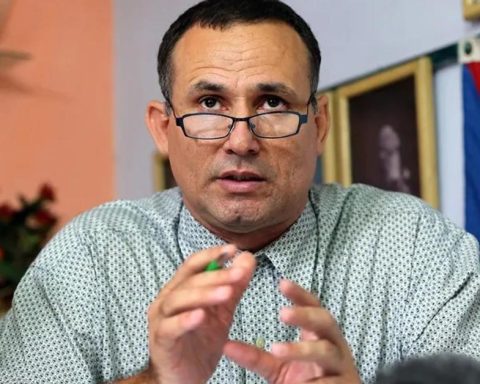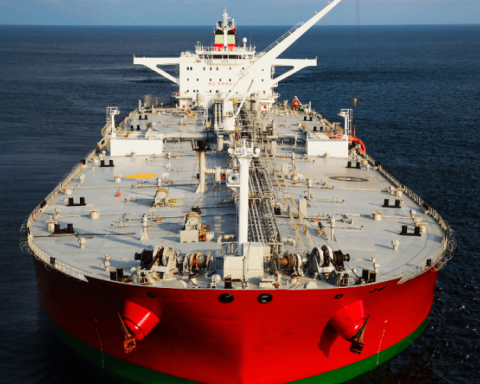MIAMI, United States. – The recent earthquakes that shook the province of Granma They left a trail of material damage and have generated concern among the inhabitants of the eastern region of Cuba. In this context, the geology engineer and seismologist Eberto Hernández Suró, with more than 30 years of experience, spoke with the official newspaper The Demajaguafrom the province of Granma.
One of the most striking points of his statements has to do with the frequency with which earthquakes of significant intensity have affected the Island.
“In Cuba it is estimated that a significant earthquake usually occurs every 80 to 90 years,” he said. “They have given us two more years of grace, given that 92 years have passed since the last major event in Cabo Cruz, therefore concern is increasing that the energy accumulated in the subsoil is reaching a critical point.”
On the other hand, he stressed that “the recent tremors in the region are due to natural geological factors that have been occurring for millennia and are not related to human activities.” Furthermore, he indicated that these telluric movements originate at considerable depths, around 10 kilometers, and are the result of internal tectonic processes of the Earth.
The seismologist pointed out that the Chivirico and Pilón area is known for its high seismic activity due to the instability caused by rock breaking. “The scientific community agrees that the movements of the tectonic plates are the main cause of these tremors,” he stated.
Regarding the multiple aftershocks that followed the main earthquake, Hernández Suró detailed: “After the initial event, we have recorded 884 aftershocks, most of barely perceptible magnitudes.”
Likewise, he added that it is common for aftershocks to occur after a significant earthquake due to the rearrangement of the Earth’s internal structures. However, he specified that “in the last few hours” there has been observed “a trend towards a decrease in the number of aftershocks, which indicates that the region could be returning to normal.”
When comparing the recent earthquakes with others that occurred in the territory, the expert classified it as “moderate magnitude.” He also recalled past events such as the 7.1 magnitude earthquake of January 28, 2021 near the Cayman Islands and the 5.8 magnitude earthquake known as the “Providencia earthquake”, which mainly affected the municipality of Bartolomé Masó. “The Bartlett-Cayman fault zone can generate earthquakes of even greater magnitude,” he warned.
Regarding the apparent increase in seismic activity in recent years, Hernández Suró clarified: “The increase in records does not necessarily indicate more earthquakes, but rather that we now have more advanced technology that allows us to detect smaller magnitude events.”
The specialist also specified that Cuba currently has 24 broadband seismological stations with “top-level technology,” which facilitates more precise monitoring.
Given the concern about the generation of tsunamis, the seismologist explained: “For an earthquake to generate a tsunami, certain conditions must be met that do not occur on our southern coast.” Among these conditions, he mentioned the need for the earthquake to have a magnitude greater than 7 degrees, for the epicenter to be in the sea and for the movement to be vertical, factors that were not present in the recent events.
Hernández Suró explained that the intensity with which an earthquake is felt depends on several factors, such as the distance to the epicenter, the depth of the event and the quality of the soil. “The clay and sandy soils of cities like Bayamo and Manzanillo “They can amplify seismic waves, increasing the perception of the tremor,” he noted. In addition, he emphasized that “shallow earthquakes can be more catastrophic because they require less energy to generate an intense impact.”
Regarding the possibility of future seismic events, the expert indicated: “It is likely that a strong earthquake will occur in the area due to the accumulation of energy in the tectonic fault (…). The most important thing is to be prepared, as these events have always happened and will continue to happen.”
